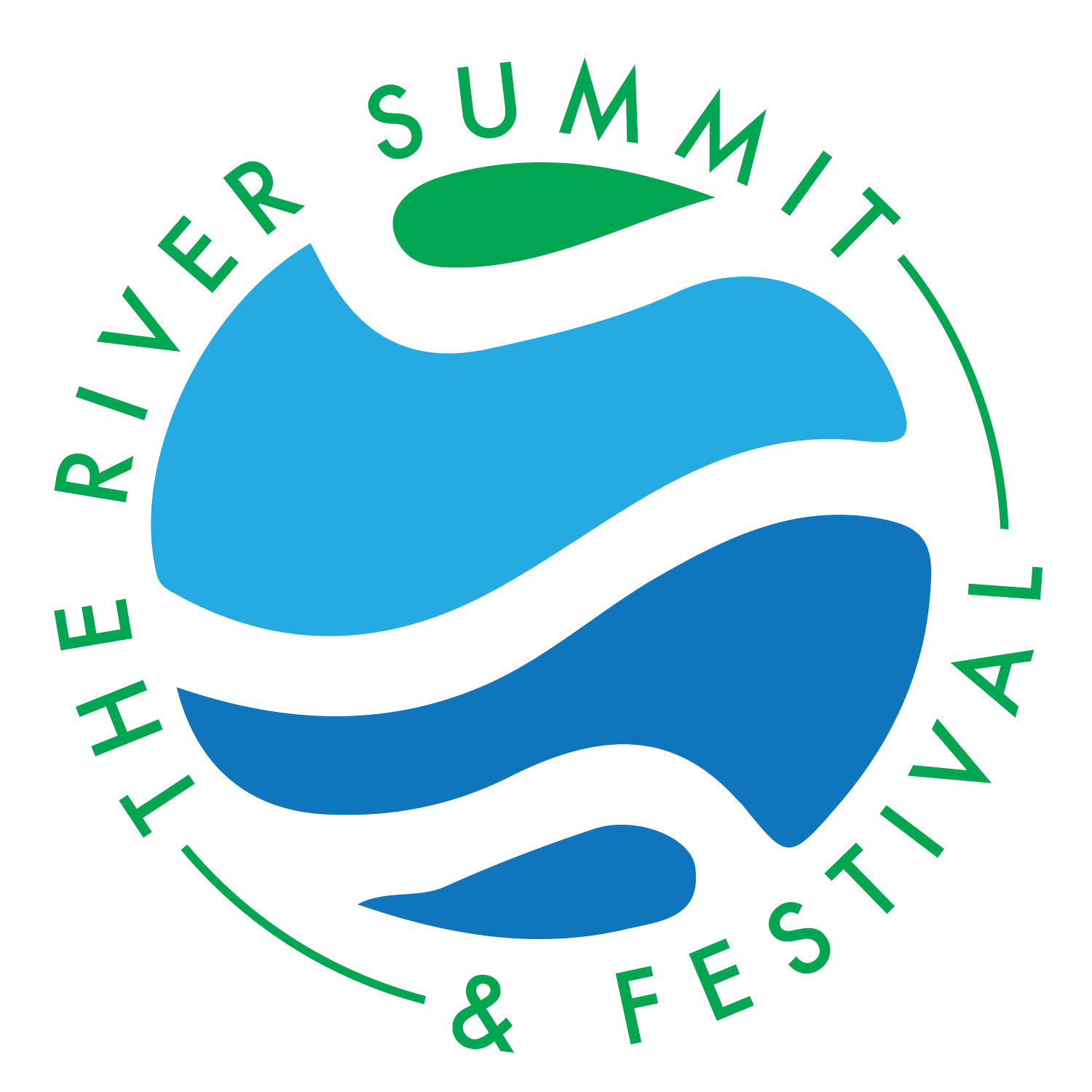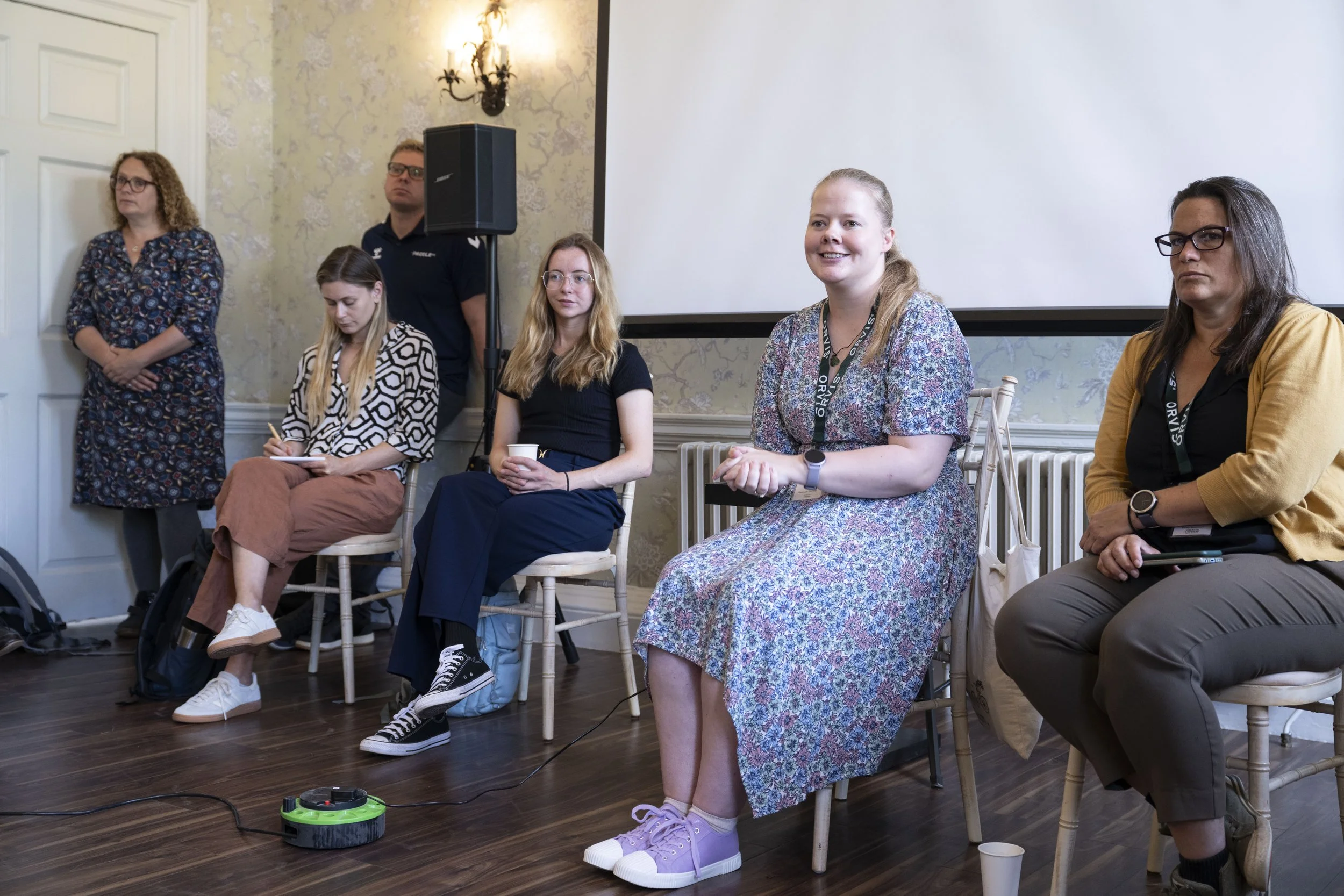Testing the Waters: How Data Becomes Action
One of the most animated sessions at the 2025 UK River Summit happened around a simple question: why are we monitoring rivers? What started as a technical discussion about data collection quickly became something much more profound – a recognition that we have an army of passionate people generating incredible data, but we're not always sure what happens to it next.
The Data Paradox
The room was packed with citizen scientists, academics, water company representatives, and tech innovators. The energy was palpable as people shared their experiences. From Communities Against River Pollution testing 15 locations on the River Severn to university researchers deploying cutting-edge sensors, everyone had stories of data collection. But a frustrating pattern emerged: brilliant data being collected, then disappearing into spreadsheets or facing scepticism from regulators.
As one participant put it bluntly: "We really don't know what's happening in our rivers at all. We can talk about dead fish, we can talk about algal pollution, but we need good live data consistently from all the rivers in Britain."
Beyond E.coli: What We're Missing
The conversation quickly moved beyond traditional monitoring parameters. While E.coli dominates headlines, participants highlighted critical gaps in our understanding. Road runoff, heavy metals, pharmaceutical residues, and agricultural pollution create complex cocktails of contamination that current monitoring often misses.
One water quality manufacturer challenged the room: "We're using 19th century tools to solve 21st century problems." The technology exists to map comprehensive contaminations, trace their sources, and track their movement downstream – but regulatory frameworks lag behind scientific capability.
The Citizen Science Success Stories
Not everything was frustration. Success stories peppered the discussion. Bathing water status achieved for Wallingford Beach through volunteer data collection. Thames Water discovering their "fix" hadn't worked when citizen scientists proved ammonia levels remained high. A building housing 250+ people found misconnected straight into a river after citizen scientists reported catastrophic readings that the Environment Agency then validated.
These victories shared common elements: persistent local groups, collaborative relationships with regulators, and data that couldn't be ignored.
The Trust Challenge
Perhaps the most revealing moment came when participants discussed how long it takes to build trust with regulators. Fourteen months of fortnightly reporting. Side-by-side testing to prove methodology accuracy. Meeting after meeting to establish credibility.
As one participant noted: "If I were the Environment Agency and I had my budget slashed in half over 10 years, I'd probably really want to listen to the tens of thousands of citizens offering free labour to collect data." Yet it still takes enormous effort to get heard.
Technology and Collaboration
The discussion revealed exciting possibilities for collaboration. Universities with unused autosamplers could partner with citizen science groups. Open-source sensor designs could democratize monitoring technology. Data platforms could integrate citizen science with statutory monitoring.
The CaSTCo project (Catchment Systems Thinking Cooperative) was highlighted as an example – though not without criticism about delayed deliverables despite £7 million in funding over three years.
The Accountability Question
One of the most powerful moments came when participants discussed what happens after data collection. Where does citizen science data go? How do regulators prioritize responses? When do they act, and why don't they act in other cases?
The consensus was clear: we need transparency about how data gets used. Citizen scientists need to understand not just how to collect good data, but how that data influences decisions.
A New Kind of Collaboration
Water company representatives in the room offered a different perspective. Many talked about genuine desire to improve rivers but constraints around funding and regulatory frameworks. The most successful partnerships emerged when citizen science groups and water companies worked together from the start, sharing data platforms and coordinating responses.
The Consortium Moment
As the session ran overtime (testament to the engagement), someone posed a game-changing question: "What if we created a consortium?"
The room fell silent, then erupted with energy. Clearly there were brilliant minds, innovative technology, passionate advocates, and regulatory expertise all in one place. What if they worked together instead of in parallel?
By the end, people were lining up to add their names to a contact list. The Testing the Waters session had become something more than a panel – it had become the foundation for collaborative action.
The Way Forward
The session revealed both the power and the gaps in current river monitoring. We have incredible citizen science capacity, innovative technology, and people throughout the system who genuinely want to improve river health. What we need is better coordination, clearer pathways from data to action, and regulatory frameworks that can keep pace with scientific capability.
The consortium idea captures something essential: rivers don't respect organizational boundaries, and neither should our efforts to protect them. When citizen scientists, researchers, water companies, and regulators work together – with shared data platforms, aligned methodologies, and transparent decision-making – that's when monitoring becomes meaningful action.
The conversation continues, but the foundation has been laid. Testing the waters has become about testing new ways of working together.


